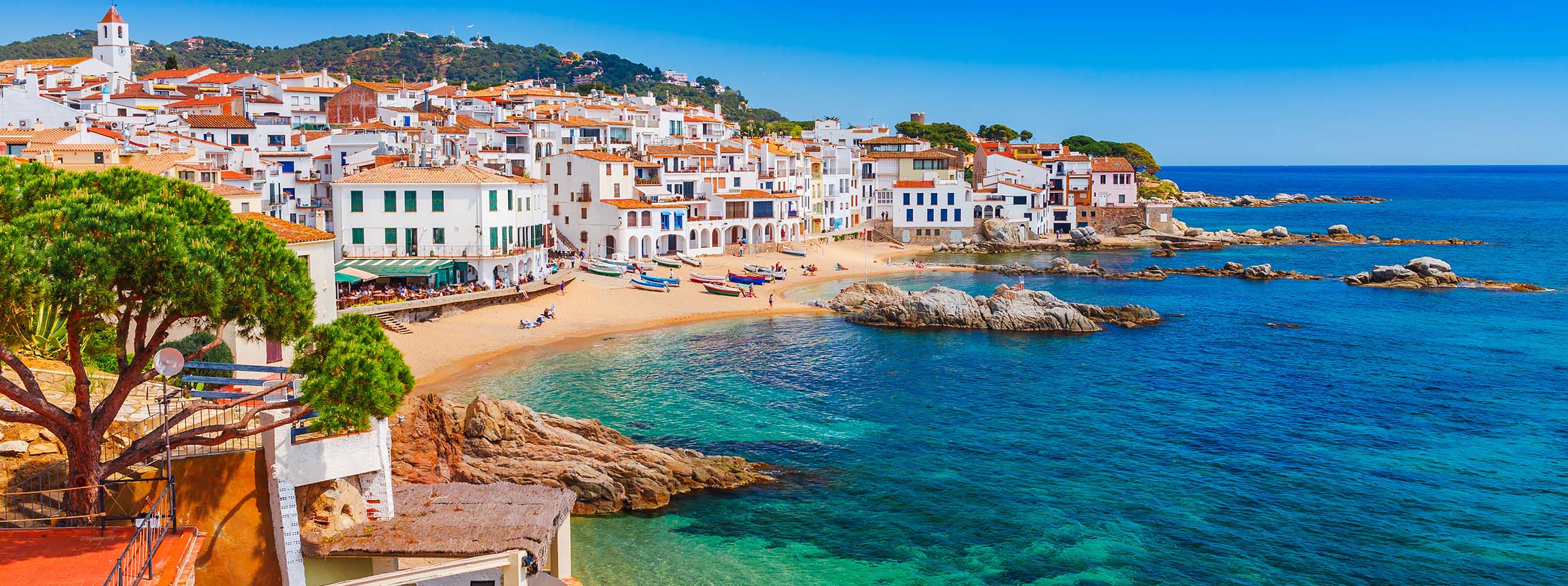What kind of real estate was built in the country before? What are the prices of apartments in Spain by the sea? Are there any disadvantages to new buildings? Where is their ground floor, and how do they designate apartments? How many Spanish live in apartment buildings? Why are there no closed balconies and high fences in the country? Read on as I talk further about all this in this article.
First, some interesting facts
Every year, about 80% of all sales transactions in Spain are concluded by citizens of this country. In settlements near the sea (in resort areas), almost half (to be precise, about 45%) of all real estate purchase agreements are signed by foreign investors.
Among them are many representatives of the following states: Great Britain, Germany, France, Holland, and Sweden.
About 80% of Spanish citizens have their housing: an apartment, flat, or cottage. Compared to other countries, 65% of the population in France owns residential real estate, and in Germany and the UK – approximately 52% each.
Two-thirds of Spanish citizens live in apartment buildings, the highest figure in the European Union (the only exception is Latvia).
If compared with other countries, the figures will be as follows: half (50%) of Italian citizens live in apartments in their own country, about a third in France, and only 15% in the UK.
What buildings were “put” before?
Real mansions seen in foreign TV shows can be found in Catalonia. Roman villas preceded them. These houses have a lot in common, such as wide double-sided roofs, a south-facing facade, and the absence of living rooms on the lower floor.
Separate houses for the nobility were also built throughout Galicia. The buildings resemble defense structures, using Italian and Portuguese baroque elements.
A park was laid out with such houses, and a gazebo or a chapel was built.
Where is their first floor? How are apartments labelled?
The first floor in Spanish houses is located on the second floor, and not at all on the first.
This is because, in this country, the first floor is the second in our country. The lowest (and we have the first) in Spain is often non-residential.
Thus, if a Spaniard asks to go, for example, to the fourth floor, then you need to go up to the fifth.
About the designation of apartments
From our understanding, there is also some strangeness here. However, the Spanish have their logic in this regard. The apartment number consists of the serial number of the floor and the door on this level.
For example, let’s take an apartment at number 2o 1a. This means the second floor and the first door on this level (if you denote it with the letters of the Russian alphabet, you get the following: 2e 1d).
There are often, at most, five apartments on each floor. Thus, a number from one to five usually follows after the number that indicates the floor. At the same time, no numbers, but letters can be written on the door itself, for example:
- 2o A – second floor, apartment A.
- 5o B – fifth floor, apartment B.
- There are also such designations:
- 1o the – first floor, door on the right.
- 6o – sixth floor, the door on the left.
The cost of the apartment depends on the level of the floor
On the ground floor, that is, at the very bottom, there are usually supermarkets, shops, cafes, and utility rooms.
However, sometimes residential facilities are still located at this level.
Prices for such apartments are always lower than those on the floors above.
However, such housing has advantages, such as a separate entrance/exit or a private garden.
The most prestigious and in demand among those with funds and the most expensive properties are located on the upper levels.
The apartments are getting more expensive with each floor, and the last levels are in demand more than others since the apartments on them are usually located throughout the floor.
That is, the owners of apartments on the highest floors will not have neighbors on the sides, while it is possible to equip a private terrace: for example, make a barbecue area or set up a green garden.
Such terraces often offer amazing views.
There are no large fences or closed balconies.
The natives of Spain are usually open to communication. This openness is also evident in the planning and furnishing the apartments and villas. So, detached houses are not fenced with high fences. The fence here is replaced with decorative plantings.
Most of the balconies in a country where native Spaniards prefer to have breakfast and, in the warm season, have dinner is also open.
Spain-Real.Estate will help you buy property in Spain
Interested in what housing options are currently available and what is being sold in different regions of the country today?
You should not look for the perfect apartment; minor flaws are present in any option. Considering that in most cases, buyers gradually make the finish based on their own taste preferences, it makes no sense to get hung up on the perfect repair.
Spain-Real.Estate has selected the best apartments and cottages for sale by owners – developers, and individuals. Among these objects, you will find premises to your taste and budget. There are budget options and luxury residential complexes.
Representatives of the company will be happy to help you with choosing. Contact the specialists in the feedback form or call the phone number listed on the site. Happy house-hunting! Read more on the official website Spain-Real.Estate.





